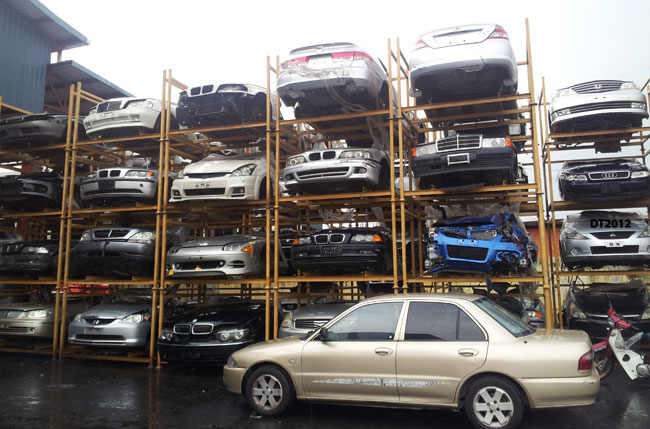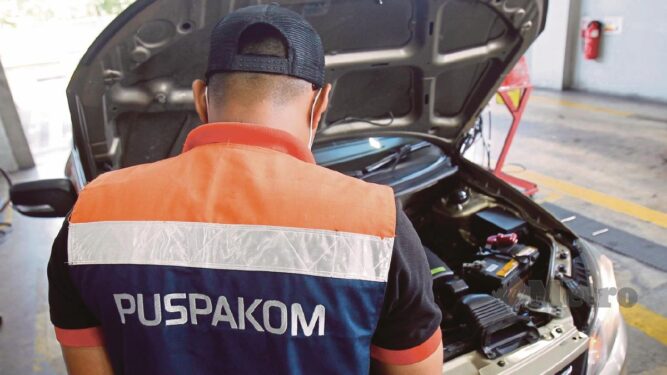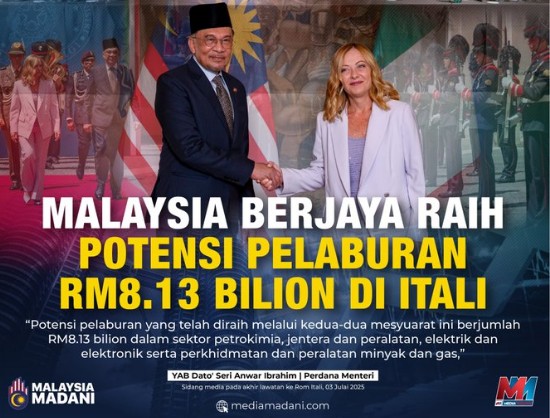RECENTLY, Transport Minister Datuk Seri Dr Wee Ka Siong was asked to comment on the proposal made by a group of researchers from Universiti Kebangsaan Malaysia that vehicles more than 10 years old should be disposed of to resolve road congestion issues.
However, there was no recent report of any such proposal. Moreover, such a solution is too ridiculous to be made by anyone, even more so from academics of a reputable public university.
If implemented, the government of the day is bound to lose in a general election and saying no to such a foolish proposal will not be scoring any brownie point.
But saying the country should first provide a complete public transport network system means it is never ever going to happen.
In any case, End-of-Life Vehicle (ELV) policy and traffic congestion are two separate matters. It may be true that congestion would ease if vehicles more than 10 years old are not allowed on public roads, as they comprise 74% of all vehicles in the country.
If this logic is applied, then motorcycles ought to be banned or not allowed to carry pillion riders, as up to 70% of all road fatalities in Malaysia involved motorcyclists. That would leave millions of people throughout the country stranded and our economy grinding to a halt.
Likewise if ELV were to be introduced to our country. There are many policies we could copy from our southern neighbour, but ELV is not one of them as our land size is 459 times bigger, and would be just as difficult to provide a complete public transport network to all areas.
Any attempt to explore ELV as a solution to traffic woes would be going off tangent and would be a big waste of time. Instead, the focus should be on dealing with vehicles more than 10 years old.
And just like commercial vehicles that have been certified roadworthy by PUSPAKOM, old private vehicles should also be allowed on public roads for as long as they pass inspections.
Inspection of private vehicles need not be as stringent as commercial vehicles that carry heavy goods or fare-paying passengers and usually clock high mileage.
For example, the paint job is not important, but a badly rusted car is not acceptable, lest a door or mudguard may suddenly break off and drop on the road, which can cause a nasty accident.
Also, smoky exhaust gas is not allowed. This may be caused by worn piston rings that could no longer scrape the cylinder walls clean of engine oil, resulting it being burnt together with petrol. Diesel engines are smoky when the fuel was not completely burnt inside the cylinders.
Owners who have modified or removed the silencer to get the exhaust pipe to produce a loud sound should fit back the original to pass inspection. Likewise, reverse lights cannot be modified to be switched on together with the brake lights or made to flash, irritating others.
Some years ago, many motorists were blinded by cars installed with non-factory fitted xenon high-intensity discharge lights. There were also cars mounted with underbody LED lights to produce a purple glow on the road around the vehicle. Fortunately, they are now a rare sight.
In any case, only white lights are allowed in the front of vehicles and for reverse, and red at the rear, other than yellow for signal.
Owners who have installed lamps of different colours should be told to remove, and fog lights should be covered, and may uncover only when in an estate.
Nevertheless, the most important of all would be the brakes and tyres. The brakes must be tested to be effective and the tyres with enough tread with the sidewall not cut or swollen. But there is no need to insist that tyres that have exceeded their expiry dates must be changed.
This is because many old cars, especially classic or vintage types, are shodden with tyres that are not easily available.
Most of these cars are seldom used and kept for sentimental reasons. If the owners take the trouble to send them for inspection, they should be allowed on the road.
So, if mandatory inspections of private vehicles are to be introduced, how regularly should they be inspected? Initially, we should leave out all vehicles less than 20 years old. Those 20 years and older could be inspected annually before their road tax could be renewed.
As PUSPAKOM is often congested with commercial vehicles, new concessionaires could be appointed for inspection of private vehicles, including for change of ownership, with preference given to motor distributors as they have the expertise and resources available.
Implementing ELV policy would be stupid as it could mean wiping off more than RM100 bil in vehicles’ value.
Introducing mandatory inspections for old vehicles would encourage more motorists to drive newer models but without compelling anyone to forgo their old faithful.
And one thing for certain is there will be less jalopies on the road. By then, the people would get use to the rule that old cars must be inspected before road tax could be renewed. They could either brace themselves to go through the hassle of annual inspections or switch to newer cars. – June 23, 2022
YS Chan is Asean Tourism Master Trainer for travel agencies, master trainer for Mesra Malaysia and Travel & Tours Enhancement Course. He is also a tourism and transport industry consultant and writer.
The views expressed are solely of the author and do not necessarily reflect those of Focus Malaysia.










